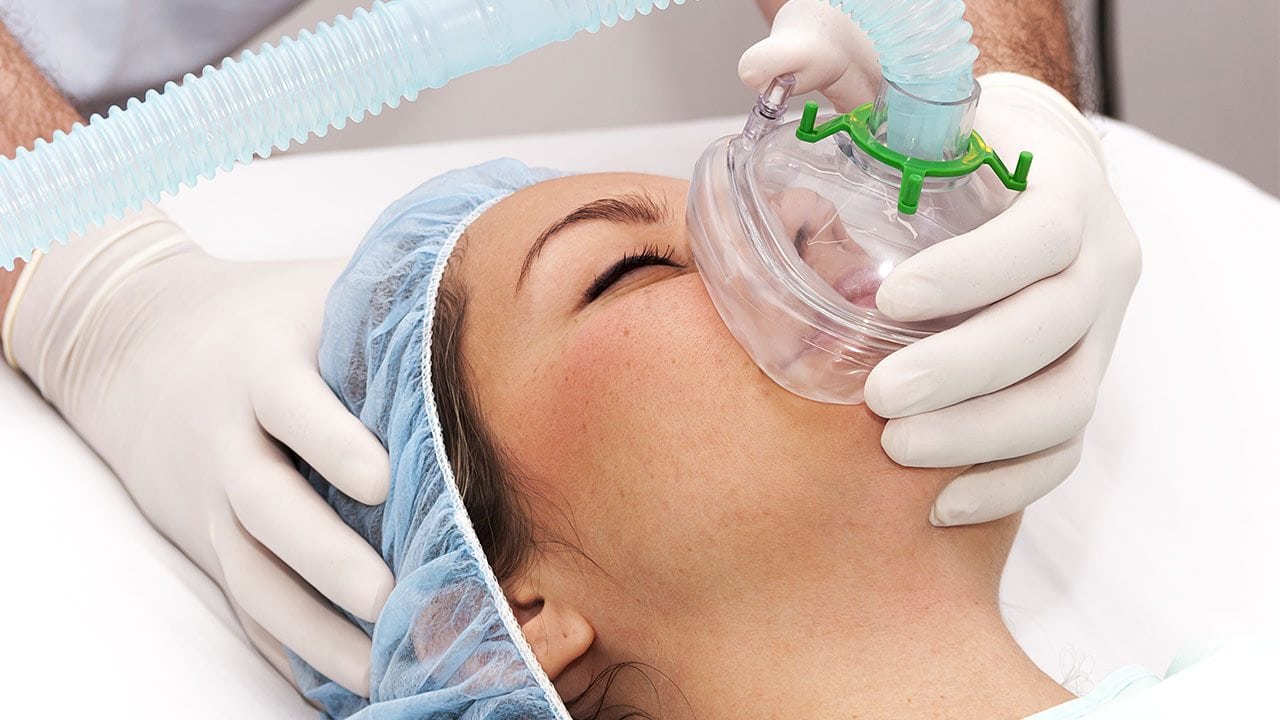For many patients, going to the dentist can be stressful at the best of times, but imagine how much worse it would be if safe anesthesia did not exist.
From the old days of relying on a drug like ether, which has hallucinogenic properties, to the modern convenience of safe local “freezing,” anesthesia has undergone a lot of change over the years. Today, it’s a very safe, very effective tool that can make a world of difference for patients going in for dental treatment.
Want to learn a little more about dental anesthesia? Here’s what you need to know.

General anesthesia lingers and has side effects, so should only be used sparingly
Local Anesthesia Is a Popular Method of Dental Pain Control
When most people go in to have a cavity filled, to have a simple root canal, or for other relatively easy dental work, a local anesthetic is the option of choice for helping control pain.
This kind of drug typically involves a few different agents with different effects. There will be the numbing drug, to deaden nerves in the part of the mouth being worked on, a drug to help carry the mixture into your blood, and even epinephrine (adrenaline). Epinephrine narrows the blood vessels, prolonging the numbing effect, but can also cause dental patients to feel anxious or jittery. Dental professionals know that if a patient looks nervous after a shot, letting them know this is a normal side effect can provide reassurance.
The nerves inside of teeth and inside the mouth are extremely sensitive, so this type of anesthetic is extremely important to the comfort of patients. It also allows dental teams to work more quickly, and with less chance of flinching that might throw off a procedure. Expect it to make a big difference to the work done in your office when you work as a dental administrative assistant.

Local anesthesia is hugely important to many simpler dental procedures
Dental Administrative Assistants May See General Anesthesia for Bigger Issues
General anesthesia, which puts patients into a state of unconsciousness, can be appropriate in a few different circumstances. Extremely difficult or extensive work that would make a patient very uncomfortable can sometimes call for general anesthesia. For patients who experience extreme distress, it can also be appropriate to use general anesthesia for simpler work.
The trouble with general anesthesia is that it impairs patients for a while after they have woken up, and can lead to vomiting, shivering, and a number of other unpleasant side effects in patients. For this reason, it’s usually best to only rely on general anesthesia when it is absolutely necessary.
An important aspect of the training for a dental office assistant is to learn about everything from anesthesia and pain control to filing and scheduling, inventory, and more. With an in-depth understanding of the many different aspects that go into the proper running of a dentist’s office, you’ll be poised to offer valuable assistance throughout your career.






